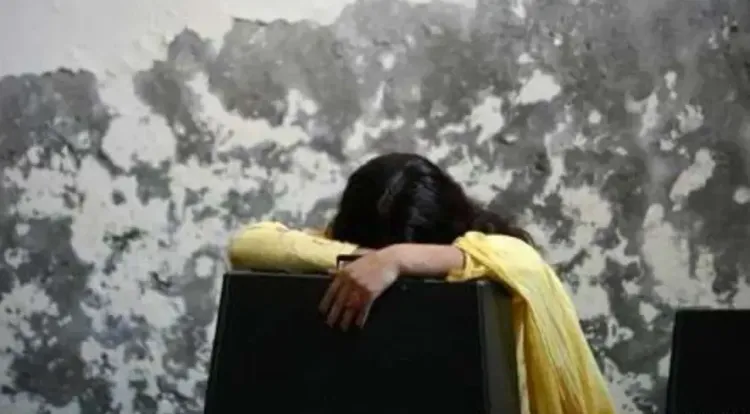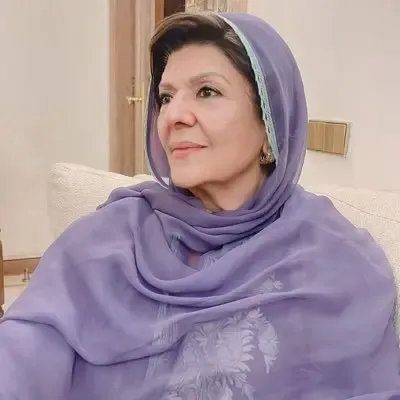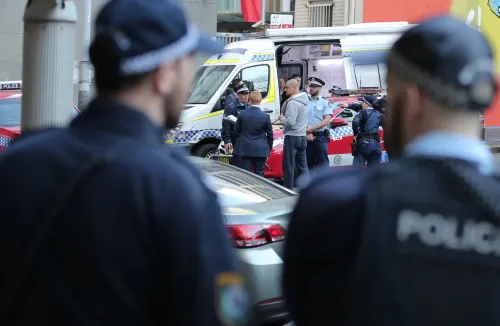Are Minority Rights Groups Alarmed by Rising Violence Against Children in Pakistan?

Synopsis
Key Takeaways
- 5,097 cases of violence against children reported in six months.
- Punjab has the highest number of child-related crimes.
- Khyber Pakhtunkhwa did not provide data, highlighting systemic issues.
- Various forms of abuse including sexual abuse and trafficking are prevalent.
- Lack of a reliable national mechanism for tracking violence against children.
Islamabad, Nov 27 (NationPress) A prominent minority rights organization voiced serious apprehension on Thursday regarding a recently published national factsheet that reveals 5,097 incidents of violence against children (VAC) throughout Pakistan during the initial six months of 2025.
The Voice of Pakistan Minority (VOPM) indicated that this document does more than just list statistics; it uncovers a system that consistently fails to recognize, safeguard, and administer justice for its youngest members, serving as a stark reminder of the persistent dangers faced during childhood in Pakistan.
The rights organization noted that the factsheet is derived from data collected through Right to Information (RTI) requests directed to police agencies across Punjab, Sindh, Balochistan, and the federal territory of Islamabad. It cataloged nine significant types of abuse, such as physical abuse, sexual abuse, child pornography, murder, kidnapping, child marriage, child labor, child begging, and trafficking.
“However, even this concerning picture is not exhaustive. Khyber Pakhtunkhwa failed to submit data, creating a substantial void in the national evaluation. This omission is not merely a technical oversight; it reflects a larger failure to prioritize the issue of violence against children, which must be mapped, measured, and urgently addressed,” stated the VOPM.
According to the findings, Punjab recorded the highest frequency of child-related offenses, while Sindh showed particularly elevated rates of sexual abuse, kidnapping, and child labor, highlighting the entrenched criminal networks and the vulnerability of children in urban and peri-urban slum areas.
“Although the reported figures from Balochistan appear lower, the province may actually be one of the most perilous regions for children, with underreporting attributed to inadequate policing, vast distances, conservative social customs, and fear of retaliation,” the VOPM stated.
“In Islamabad, a more urban profile is evident: higher reporting of incidents like child pornography, sexual violence, and kidnapping, but fewer cases of child labor or begging. These trends indicate that where systems are in place to document certain crimes, more incidents are recorded—not necessarily due to the absence of other forms of violence, but because they remain concealed,” it added.
The rights organization underscored that the lack of data from Khyber Pakhtunkhwa, the insufficient detail from Balochistan, and the inability of police departments to provide standardized information highlight a troubling reality: Pakistan still lacks a centralized, reliable national mechanism for tracking violence against children.
“The absence of information itself constitutes a form of violence—it erases children from the narrative of their own suffering,” emphasized the VOPM.









